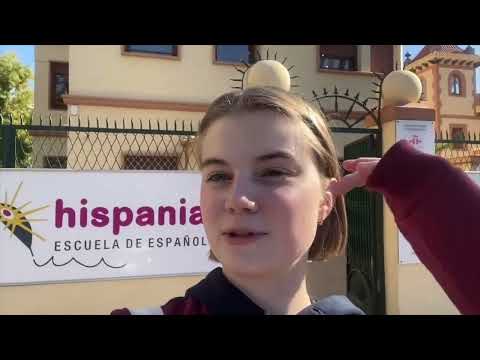If you imagine the shortest river, what comes to mind? Maybe a tiny watercourse that crosses in one jump? Or a stream of a couple of strokes with an oar? The Finnish Kuokajoki is just like that: its length is only 3.5 meters (!), and it is one of the shortest rivers in the world, but its status as a "river" is not a joke at all. It is real, with a current, a slope and even a bridge!
How is it that this tiny water source is even considered a river?

Where is Cuocañoca located and why has its length changed?
The Kuokajoki River flows in Central Finland, in the city of Eänekoski, to be more precise, it connects two bodies of water: Lake Sumäinen and Ala-Keitele. On the surface, it's just a short sleeve in between, but from a hydrological point of view, it's more serious.
The most interesting thing is that once Cuocanoqui was even shorter - 50 years ago it was no more than two meters! However, human activity, the reconstruction of the bridge and the construction of the road stretched it almost twice. Usually, such changes harm ecosystems, but in this case, nature has only benefited: now the miniature river has become an important element of the local landscape.
Is it a river or a stream?
It may seem that Cuocagnoc is more like a stream. After all, where, if not here, to draw a line between these concepts?
A stream is usually a seasonal stream of water that can disappear in a drought. A river, on the other hand, is a stable watercourse with constant water movement, it has a channel and an estuary, that is, a constant flow of water. The Cuocanoqui, despite its length, behaves exactly like a river: its flow does not dry up, the water constantly moves from one lake to another, and the slope of the channel supports the natural flow.

So there is no mistake here - we have a real river in front of us, just very short!
Who needs this little river?
Although it can be crossed in three steps, the Cuocañoca plays an important ecological role. It helps water circulate between lakes, oxygenating it and preventing stagnation, and various animals, insects and fish migrate through it, supporting the ecosystem of the region.
Tourists are not interested in it and are not included in the list of attractions, but hydrologists and lovers of unusual natural phenomena come here to see it with their own eyes. After all, it is not every day that you can meet a river that you can cross!
Small but significant
The Cuocanoqui is a clear example of the fact that even the tiniest river can play a significant role. It connects water bodies, supports nature and remains an important element of the ecosystem. Even though its length is only 3.5 meters, the main thing is not the size, but its value.










